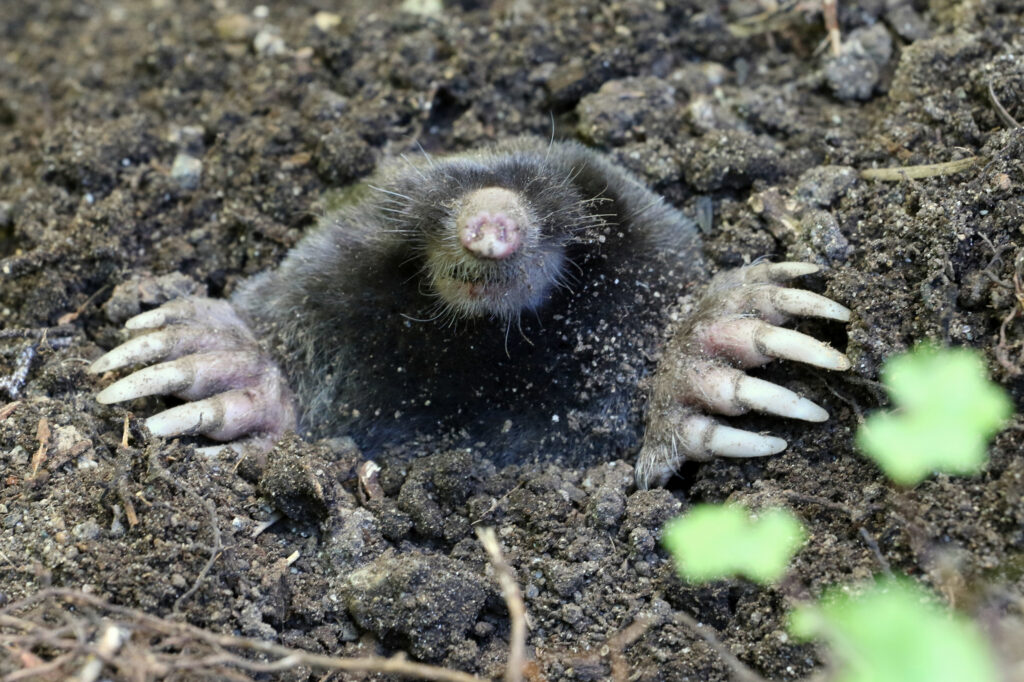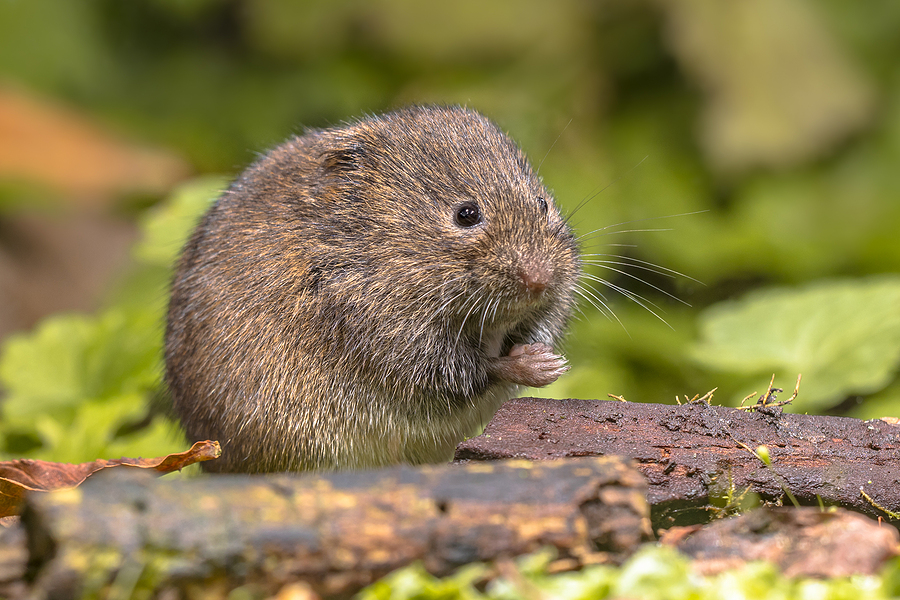Spring is just around the corner, which means you will soon be back into the routine of yard work, such as gardening, lawn care, mulching, and more. And if you want all your hard work to pay off, be sure your property is protected against nuisance wildlife that will be sure to destroy it all. The most common lawn and garden pillagers are moles and voles, which coincidentally, are often confused for the other since not many people are really sure what the difference is between them.
Are voles wild hamsters? Are moles the same thing as a vole? If you want to protect your lawn and garden this spring, continue reading to learn what you need to know about these nuisance animals.

Yard Moles
You may be interested to learn that moles are in the same scientific family as shrews and bats. They live a subterranean lifestyle, which means they make tunnels and burrow underground. Moles have also adapted have polydactyl forepaws, allowing them to easily dig complex tunnel systems below ground. Moles can live in low-oxygen environments because, according to Wikipedia, “(…) their blood cells have a special form of hemoglobin that has a higher affinity to oxygen than other forms.”
As insectivores, they feed only on bugs, usually grubs and other small invertebrates. In fact, their saliva contains a toxin that paralyzes earthworms! They even squeeze the worm first to eliminate all of the soil and waste inside them! Many people think that moles are blind and deaf, or lack eyes altogether; but the truth is, they have very tiny eyes and ears, and use them just fine. In fact, the star-nosed mole can detect, catch and eat prey faster than the human eye can see!
Voles
Voles are part of the Rodentia order, which means they are in the same scientific family as rats and mice. If you have ever had a pet hamster, you have basically had a pet vole since they are also part of the same family and order. Voles are also referred to as “meadow mice”, “pine mice”, and “field mice.” Although there are meadow voles, which primarily live above ground, most voles live underground in tunnel systems, just a few inches below the surface. In fact, voles will use mole tunnels too.

In contrast to moles, voles primarily eat grasses, roots, tubers, seeds, fruits, bark, underground fungi, and other plant material. Their biggest predators are hawks, owls, snakes, and even cats, so they prefer grassy, underbrush areas near food sources so they can remain hidden. Voles are also very prolific breeders, which means an infestation can be highly destructive to a lawn or garden. They can produce 4 to 6 litters each year, which can add up to hundreds of voles in one tunnel system.
How to Protect Your Lawn from Nuisance Moles
Regardless of whether or not you confuse moles for voles, or vice versa, the strategies to effectively reduce or eliminate nuisance activity is the same for both animals. Moles and voles will both destroy lawns and pillage gardens, making preventative maintenance and animal-proofing a must, especially if you are already aware of their presence. To abate moles and voles, contact a licensed Indianapolis wildlife removal company for critter control assistance.
Yard Mole Removal and Control in Indianapolis, Indiana
Call Modern Wildlife Control at 615-336-5503 when you need professional animal trapping and removal for yard moles in Indianapolis, Indiana and surrounding areas. Our DNR licensed and insured wildlife rescue and control specialists offer safe and humane squirrel abatement services, clean up and minor restorations for animal damages, 24 hour emergency service, and free estimates. Get started and request a free estimate or advice, today.

